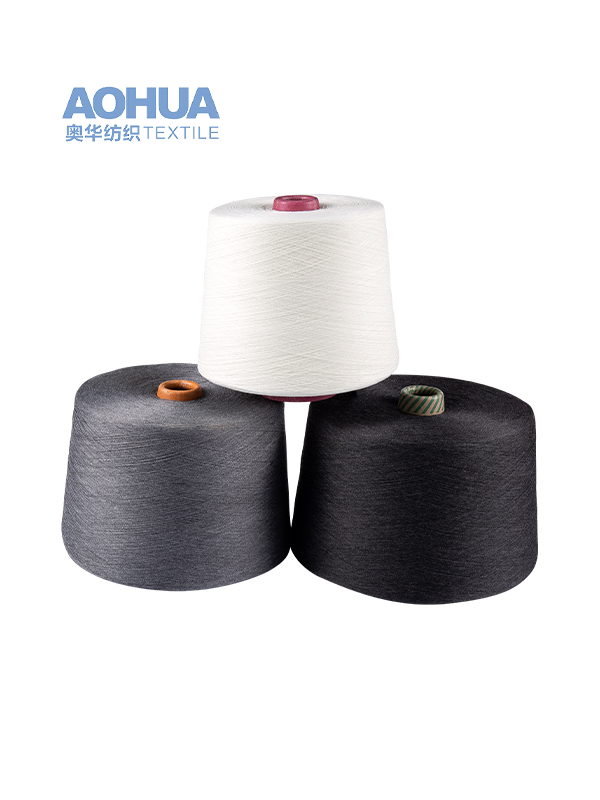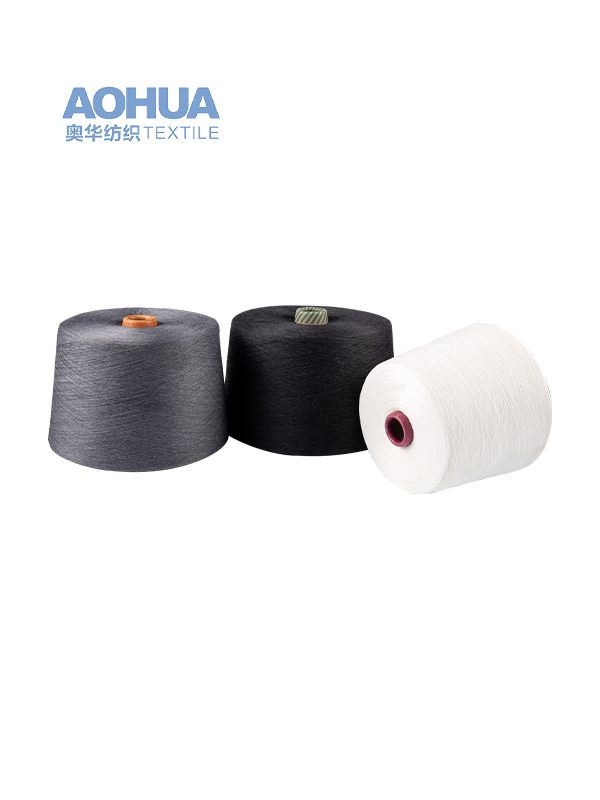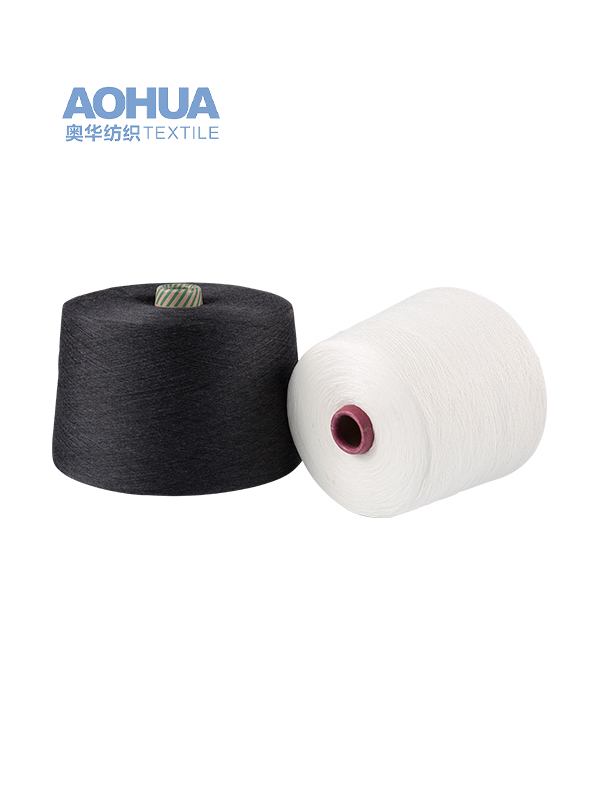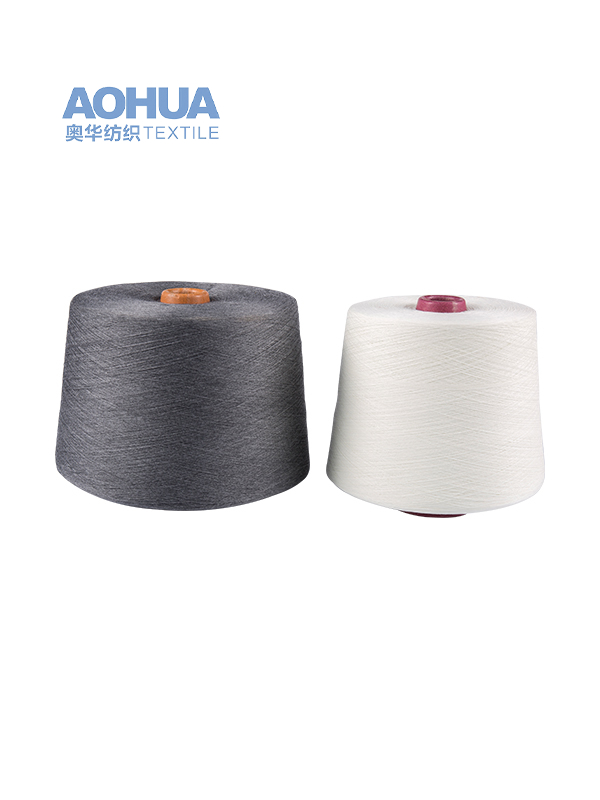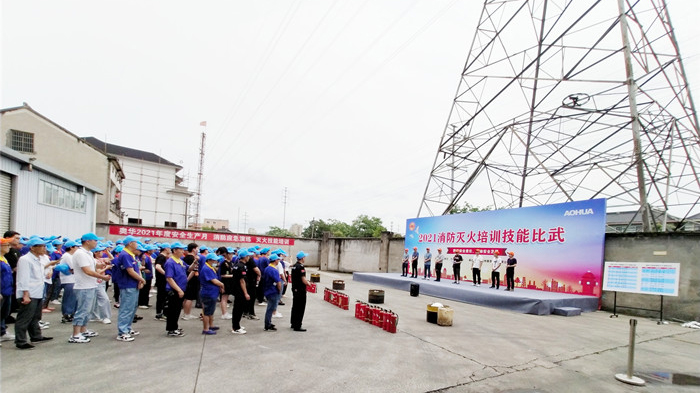We are a national high-tech enterprise. At present, there are many kinds of self-woven and cooperatively processed fabrics, including microfiber warp-knitted towel cloth, weft-knitted towel cloth, coral fleece, etc.
The breathability of woven fabric can vary widely depending on several factors, including the type of fiber used, the weave pattern, and any additional treatments or coatings applied to the fabric. Breathability refers to a fabric's ability to allow air and moisture to pass through it, which can affect comfort when the fabric is worn or used in various applications. Here are some considerations regarding the breathability of woven fabric:
Fiber Type: Natural fibers like cotton and linen are known for their breathability. They have open, porous structures that allow air to circulate, making them suitable for warm-weather clothing. Synthetic fibers like polyester and nylon are typically less breathable but can be modified or blended with natural fibers to improve breathability.
Weave Pattern: The weave pattern used in woven fabric can significantly impact its breathability. Some weave patterns, such as plain weave, have a relatively open structure with good breathability. Others, like twill or satin weaves, can be denser and less breathable. The tightness of the weave and the size of the interlacings affect how easily air can pass through the fabric.
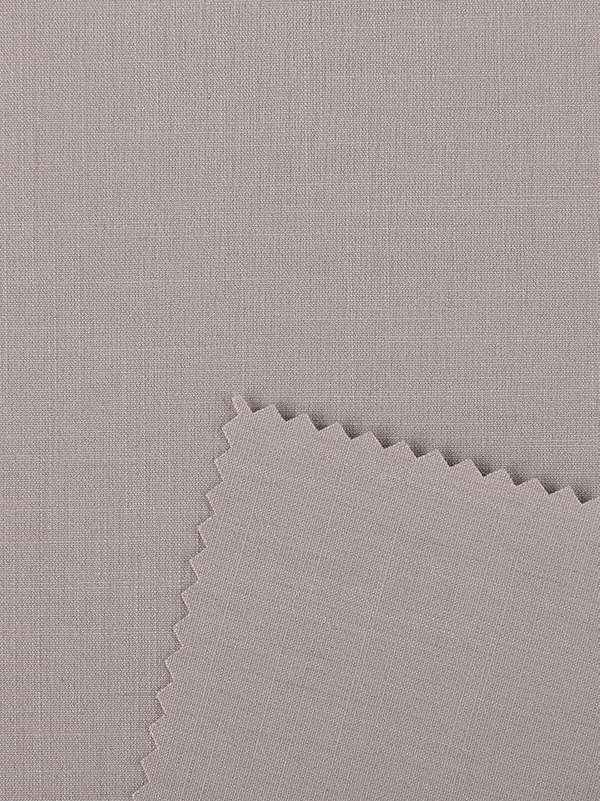

Finishing Treatments: Manufacturers may apply finishing treatments to woven fabrics to enhance or reduce breathability. For example, water-resistant or waterproof coatings can reduce a fabric's breathability by blocking moisture and air from passing through. Conversely, breathable coatings or treatments can maintain breathability while adding water or stain resistance.
Thread Count: The thread count or thread density of woven fabric can also influence its breathability. Fabrics with lower thread counts often have larger gaps between the threads, allowing for better air circulation. However, extremely low thread counts may compromise the fabric's overall strength and durability.
Application: The desired level of breathability in woven fabric depends on its intended use. For activewear and sportswear, high breathability is often essential to wick away moisture and maintain comfort during physical activity. In contrast, heavy-duty workwear or protective clothing may prioritize durability and resistance to external elements over breathability.
Layering: In some cases, breathability can be enhanced by layering fabrics. For example, a breathable woven fabric might be used as an outer layer, while a moisture-wicking or breathable lining is added to improve comfort and performance.
Environmental Conditions: Environmental factors, such as humidity and temperature, can also impact a fabric's breathability. High humidity may reduce a fabric's ability to evaporate moisture effectively, potentially affecting comfort.
The breathability of woven fabric is influenced by fiber type, weave pattern, finishing treatments, and intended use. While some woven fabrics are naturally breathable, others may be modified or treated to achieve specific performance characteristics. When selecting woven fabric for a particular application, it's important to consider breathability as one of the factors that can affect comfort and functionality.

 English
English 中文简体
中文简体





